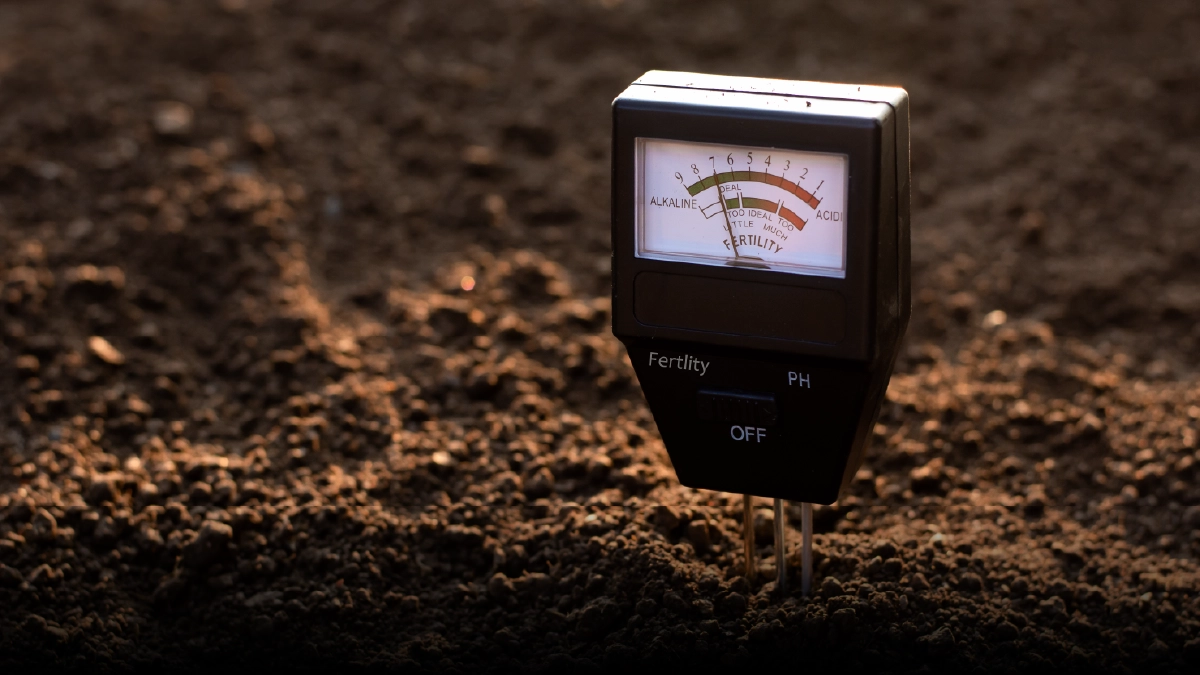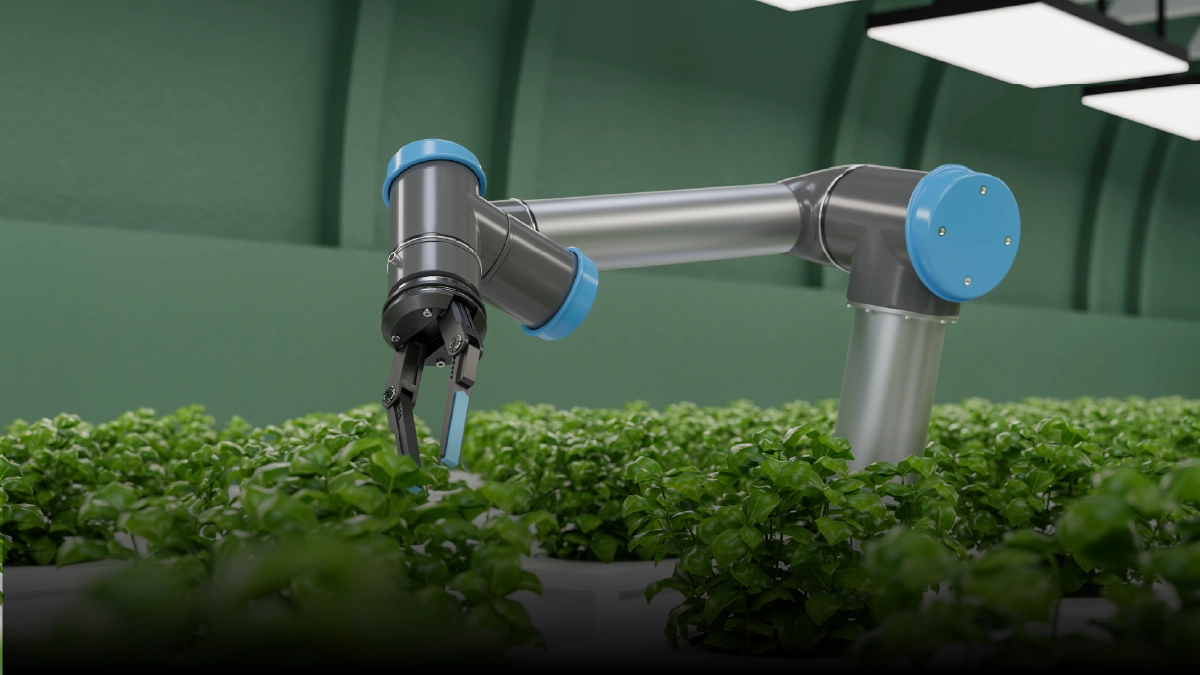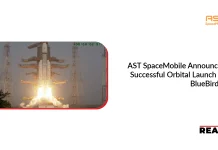The world needs more food. Population is growing fast. Weather is unpredictable. Droughts, floods, heat waves. Farmers cannot guess anymore. They have to do more with less.
And that brings us to the concept of what is referred to as precision agriculture. Forever putting in the right input at the right place at the right time-that’s precise agriculture. The right input could be water, fertilizer, or pest control. Everything where it is needed most. Nothing wasted.
AI is what makes this really work. It looks at the fields, the soil, the weather. It sees patterns that humans cannot. It predicts problems before they happen. It helps farmers act fast. Fields are managed smarter.
Even big organizations are paying attention. The FAO together with Michigan State University, joined forces in June 2025. The two institutions investigated the possibilities of using AI, data science, and high-performance computing to enhance the food systems. Crops grow better. People have more food. Farms become more resilient. AI is turning precision farming from an idea into reality.
Understanding the Power Behind AI in Precision Farming

Farming is not just about knowing the land anymore. There is so much data now. Sensors in the soil measure water and nutrients. Drones fly over fields taking pictures. Satellites watch from above. Even old weather records matter. It is too much for anyone to handle by themselves.
AI looks at all of this. It finds patterns that humans cannot see. It can tell which parts of the field are dry. It can spot early disease. It can guess the harvest before it happens. Classification finds stressed plants. Regression shows growth trends. Reinforcement learning suggests what to do next.
With AI, precision agriculture is not just reacting. Farmers can act before problems grow. They can make smarter choices every day. Fields are managed better. Crops grow better.
How AI is Changing Crop Predictions and Optimization
Farmers used to wait and see. Now AI can look ahead. It can guess how much harvest will come weeks before picking. It can spot problems early. Sometimes a plant looks fine, but AI sees stress from disease or missing nutrients. That means farmers can act before things get worse.
AI also looks at the soil. Multi-spectral images from drones and satellites show where nutrients like nitrogen, phosphorus, and potassium are uneven. Moisture and organic matter levels can vary across a single field. AI takes all this data and makes maps. Farmers can see exactly where the soil needs help.
Also Read: Top 5 Applications of Power Electronics in Renewable Energy Systems
Then there are pests and diseases. AI learns from pictures of plants and weather conditions. It can warn farmers in very small areas before an outbreak happens. That helps farmers treat only the spots that need it.
Weeds are another challenge. The USDA Agricultural Research Service is working on AI tools that look at fields and estimate where weeds are and how dense they are. They are making a web app that does all the analysis and shows it in easy visuals. Farmers can see which spots need attention and act quickly.
All of this adds up. Fields are not managed as one big uniform block anymore. Each section gets exactly what it needs. Water, fertilizer, pest treatment, everything is targeted. Farmers can save money, reduce waste, and protect the environment. Crops grow better. Predicting problems before they happen is no longer a guess. AI makes farming smarter every single day.
Real-World Ways AI is Optimizing Farms
Farming is not the same as it used to be. Watering the fields used to be guesswork. Now AI looks at sensors in the soil. It sees moisture and decides how much water each spot needs. Some wheat farms say they used almost one-third less water. That saves money.
Drones fly over the fields and take pictures. Pictures in colors we cannot even see. AI looks at them and says which plants are sick or stressed. Farmers only treat the spots that need it. Corn and soybeans get help where it matters. Chemicals are used less. Crops stay stronger.
Fertilizer is smarter too. AI makes maps of the soil. The areas deficient in nitrogen, phosphorus, or potassium are shown on the map. Hence, the farmers are putting the right amounts of the respective nutrients in the areas assigned to them. Less waste. Plants grow better.
Satellites watch the land too. The NASA-ISRO NISAR mission launched in March 2025. It looks at crops all over the world. Small plots, huge regions. AI takes the data and tells farmers what is happening. It shows stress, growth patterns, trends. Farmers can act before problems get worse.
All of this together changes farming completely. Fields are not one big block anymore. Each spot gets what it needs. Farmers make decisions faster. Crops get help on time. Water and fertilizer are not wasted. Farmers see results quickly. It is not just more yield. It is working smarter. Doing less and getting more. Knowing every choice matters. Precision agriculture is not just a word. It is what farmers are doing now. Every day.
Benefits and Sustainability from AI in Farming
Farming is not just planting and harvesting anymore. It is also about money. AI helps farmers spend less. Less fuel. Less water. Less chemicals. That means costs go down. Profits go up. They stay more steady too.
It is better for the land. Fertilizer goes only where it is needed. Water goes to the dry spots. That means less runoff. Less nitrogen and phosphorus in rivers. Soil stays healthier. The land suffers less.
Food becomes more reliable. Crops grow even when the weather is bad. Farmers are able to check the requirements of every single field. In the African region, AI is a great support for farmers in their planning. They are using satellites, drones, and various mapping devices. The mentioned techniques are capable of indicating the levels of soil moisture, nutrients, and health of crops. Farmers see it all in real time. They can act fast. Resources are not wasted. Crops grow better. Yields go up. People get more food. Farming becomes smarter. It is better for everyone.
Challenges to Adoption and Mitigation Strategies
AI in farming sounds great, but it is not easy for everyone. First, the equipment is expensive. Sensors, drones, autonomous machines. They cost a lot. Small farmers cannot always afford them.
Then there is the internet. Many rural areas do not have good broadband. AI needs fast connections to work in real time. Without it, data cannot be sent or received quickly. That makes using AI harder.
Data is another worry. Farmers wonder who owns the information about their fields. How safe is it? Who can see it? These are real concerns. People need to trust the technology.
There are ways to fix these problems. Sensors can be cheaper and modular. Farmers can use only what they need. Edge computing helps run AI without sending everything online. Subscription models let farmers pay a little and still get the tools.
AI can also help with climate problems. IFAD started an innovation challenge for AI in rural areas. It focuses on climate resilience. AI helps farmers use water and fertilizer better. It also helps build farms that can handle tough weather. Innovators and farmers work together to make farming smarter and safer.
It is not perfect. There are still costs and risks. But with the right solutions, farmers can adopt AI step by step. They can grow more, waste less, and protect their land. It is about making farming smarter without leaving anyone behind.
The Future of Farming is Hyper-Localized

AI is not just a tool. It is the brain. It watches the field. It tells farmers what to do and where. Problems show up before anyone notices. Farmers can water only the spots that need it. Fertilizer goes exactly where it should. Crops grow better. Farms make more money.
And it is not stopping there. Farms will start sharing data with each other. Not personal data, just patterns. AI will learn from many farms at once. Robots might do the planting, the harvesting, the checking. Everything happens faster. Fields get managed smarter.
We cannot wait. The world needs more food. Less waste. Smarter ways to grow. Farms that use AI will have better crops, safer food, healthier soil. Precision agriculture is not the future. It is now. Hyper-local, smart farming is what everyone who wants to survive in farming has to do.




